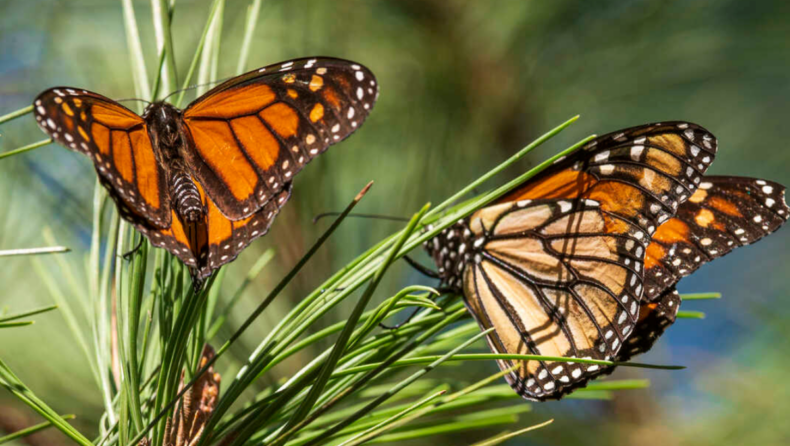The IUCN red list has categorised the migratory monarch butterfly species under the endangered category. This puts an already critically endangered group of animals- butterflies to the brink of extinction.

The category of the tiger has been reassessed due to new population figures.
The iconic butterfly is easily recognisable by its black and orange colour palette. It is only two steps away from extinction.
The recently published IUCN list has 147,517 species, of which 41,459 species are threatened with extinction.
More on Migratory Monarch Butterfly:
Migratory Monarch butterfly is a subspecies under Monarch butterfly. Its scientific name is Danaus Plexippus Plexippus. The species is under threat due to climate change and habitat destruction. Due to rampant construction of dams and illegal poaching, numbers of the subspecies has been reduced. .
The butterfly is found in the northern hemisphere as well as famous for the stunning migration it undertakes. It covers around four thousand kilometres in the Americas. The Monarch butterfly travels from Mexico and California in winter to summer breeding grounds through Canada and the United States.
Butterflies provide us with free services of pollination which is quite quintessential for life on Earth. It is because pollination maintains the plant population by transfer of pollen from stigma to the style of the flower.
The western population is dwindling away very fast because there is an estimated decline of 99.9% in their population. While the eastern population has seen an overwhelming decline of 84%. The figures are threatening.
But there are stars of hope in this dark cloud. Some people and organisations are coming forward to protect the tiny winged insects by planting native milkweeds. Some people have vowed to use less pesticides that kill the larvae and sometimes the butterfly too.
The global sturgeon population is also declining. Chinese paddlefish have also gone extinct. Yangtze sturgeon has also moved from critically endangered to extinct in the wild. But there is an improvement for the tiger population which has gone up by forty percent.
Read More: Looming extinction of colorful songbirds













